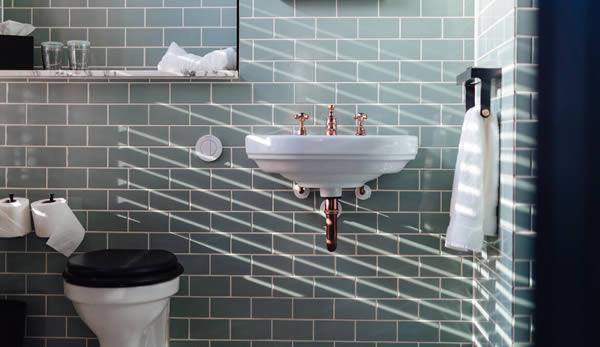
Heather Jeffcoat, DPT
Experts Chime in on 7 Golden Rules for a Healthier Pee
They say another year older, another year wiser.
But when it comes to how to pee correctly, it seems we’re all perpetual students of Water Closet 101. (Case in point: Every public bathroom, ever.) Over the years at Well+Good, we’ve collected an endless stream of tips for achieving what some call “the perfect pee”—and (you’re welcome) we’ve finally collected them all in once place.
Below, you’ll find the hottest advice from urologists and pelvic floor therapists nationwide about being number one at going (I hate myself) number one. You’ll learn why you should stop power peeing, whether or not it’s actually necessary to squat in public restrooms, and the truth about relieving yourself in the shower. Mentally prepare yourself, because there’s sure to be some reality-shaking realizations ahead.
The 7 golden rules for a healthier pee
1. Stop halting your flow mid-pee
You may have heard that taking a time-out mid-bathroom sesh will help you build stronger pelvic floor muscles. While true, that’s not what you want to be focused on when you’re spending time on the toilet.
When we void (pee), our bladder contracts, and our pelvic floor muscles reflexively relax. If you are peeing and trying to stop your flow, you are inhibiting a natural reflex your body needs to do,”
Heather Jeffcoat, DPT, owner of Femina Physical Therapy in Los Angeles, previously told Well+Good. Over time, this may teach your pelvic muscles not to relax while you’re peeing (yikes), and keep you from fully expelling excess urine and bacteria in your flow (which could lead to a UTI). Long story, short: Save the kegels for your workout, okay?
2. Quit it with the power peeing
Apparently, the latest symptom of hustle culture is feeling like you need to pee at the speed of light in order to be classified as a productive person. This simply isn’t true, fam. “Our bodies have, over the millennia, evolved a highly sophisticated system for proper elimination of urine. This involves a complex neurological pathway that triggers the contraction of the bladder muscle with a coordinated relaxation of the urinary sphincter. Repetitive power peeing can disrupt this synchronized event and, over time, lead to a loss of bladder strength and proper sensation, culminating in poor emptying and the inability to appropriately discharge urine,” said Robert Mordkin, MD, FACS, chief of urology and the director of robotic and laparoscopic surgery at the Virginia Hospital Center in Arlington, Virginia. Take your time. Watch TikTok. Meditate. Treat peeing with the respect you would give a long number two session.
3. Follow the “20-second bladder rule” to monitor if you’re going number one often enough
Research shows that most mammals take 21 seconds on average to empty their bladders. In humans, this equates to releasing about 8 ounces (or one cup) of liquid. A person drinking the recommended eight glasses of water a day should then need to pee about eight times per day, urologist Nicole Eisenbrown, MD, told Well+Good. But if you’re not drinking enough (or too much), or you’re ignoring your body’s signals that it needs to pee, that timing gets thrown out of whack—and with it, the length of your, ahem, stream.
For more golden rules for a healthier pee, continue to the full article here.
